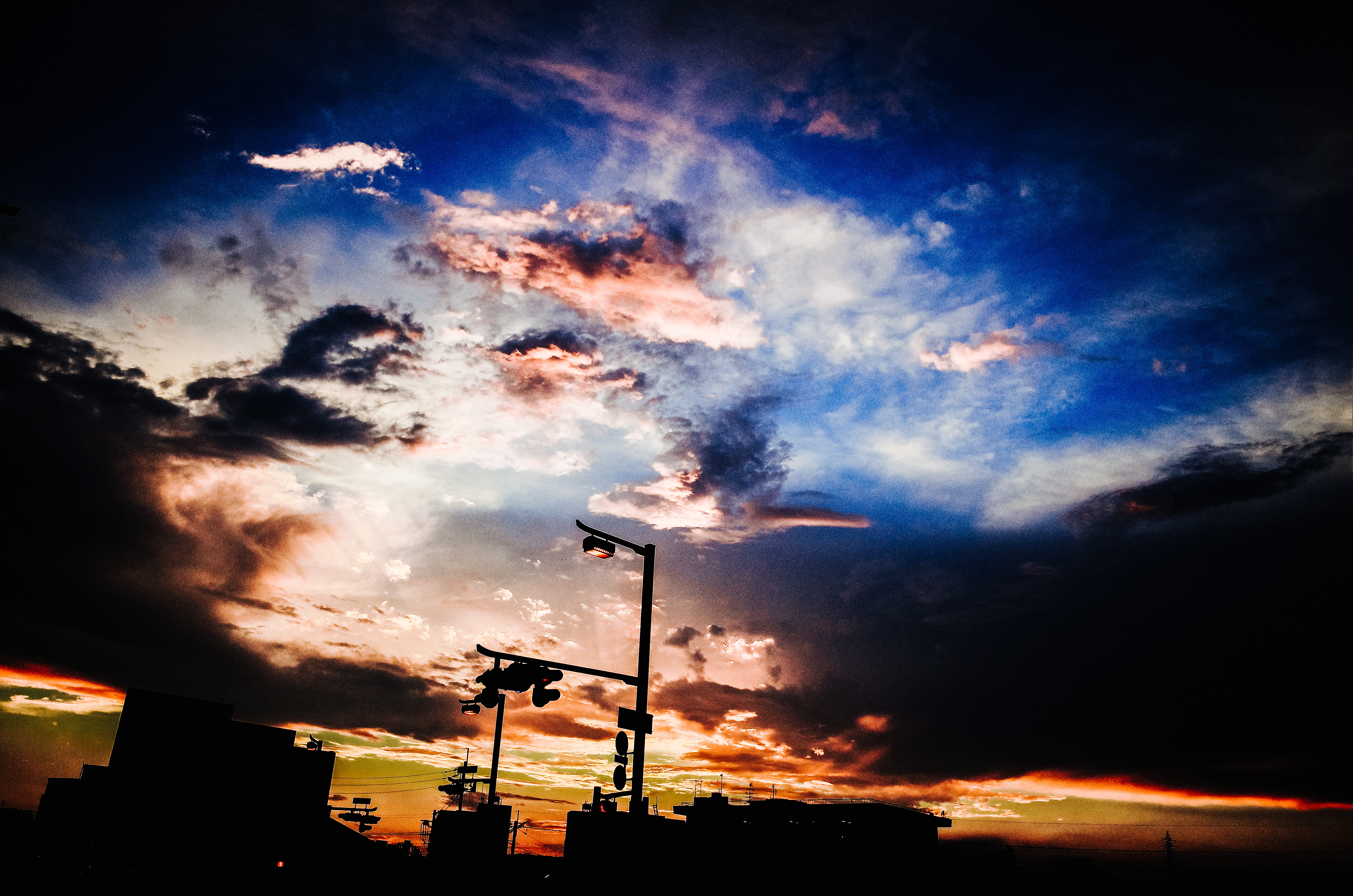
Why aren’t so obsessed with “image quality”— and what does it even mean?
How do you define “image quality”?

First of all, what is “image quality”?
I think in a general sense, “image quality” is the aesthetic pleasure you get from a picture.
For example, when I shoot a picture, I want to feel good, excited, joyful, or pleased from my picture.
Sharpness is overrated

“Sharpness is a bourgeoise [snobby and pretentious] concept.” – Henri Cartier-Bresson
The wrong thing in photography: photographers judge “image quality” by how sharp the images are.
I personally think sharpness is overrated. Why? You get distracted from the most important thing in a picture… to EVOKE some sort of emotion or feeling in your heart and mind.
My Photos are too harshly processed

Image quality means different things to different folks, depending on your aesthetic tastes.
Some of us (myself included) love REALLY HIGH CONTRAST. Others of us prefer more subdued tones.
Whatever your aesthetic taste, there is no “right” or “wrong”. I prefer bright and acidic arabica espressos from Ethiopia, but you might prefer a dark roast Robusta from Dalat in Vietnam. There is no “right” flavor, just know what tastes good to you. Some coffee snobs I know are “coffee Nazis”— not allowing you to put sugar and cream into your coffee. I personally like my coffee black, but I’m not gonna stop anyone else from having their coffee the way they like it.
What are your aesthetic tastes?

In photography, Aesthetics is highly subjective to you.
I’m like the Burger King of photography,
You can have it your way.
I have aesthetic preferences in photography. For example, I don’t like a lot of details in the shadows of an image. I prefer heavy grain and contrast. I don’t like the “clarity” slider, or the “HDR” look. And of course, I will give my students feedback on how they process their images, from my point of view.
But all of my feedback and constructive critiques are just suggestions, not “rules”.
Ignore the photo Nazis

You make your own rules in photography. Never let anyone else dictate what is “good” or “bad” in photography.
Therefore in practical terms, IGNORE any online photography or camera reviews that put a number to image quality. You cannot compare image quality, just like how you cannot compare human beings.

My suggestion, ignore online reviews for cameras, lenses, tools, etc. Instead, test it out for yourself. Because your personal tastes will always be different from the reviewer.
Also be VERY SKEPTICAL about these photography and camera nerds who try to quantify and add a number to everything. Don’t visit online forums where they shoot brick walls, or compare the “bokeh” of their lenses. They’re missing the point. It’s like obsessing over the ink of Voltaire or Balzac, instead of actually reading their words and poetry.

Or it’s like studying the pots and pans of chef Gordon Ramsey, instead of actually trying his food.
Or like obsessing about what lens and equipment Henri Cartier-Bresson, Eugene Smith, Lisette Model, Diane Arbus, Josef Koudelka, or Martin Parr, instead of studying their images.

Takeaway points.

Sorry for the rant, let me distill my ideas:
- There is no “objective” numbers you can put on “image quality”. It is all subjective. If you want to see the image quality of a camera, just try it out and experiment for yourself. Return it if you don’t like it, or just borrow it.
- Make pictures that are aesthetically pleasing to you, in terms of what gear you use, or how you process your photos.
- Don’t be obsessed over megapixels, sharpness, or “lens rendition” or these other stupid buzz words in the photography world. Seek to make personally meaningful pictures which speak to your soul. And make pictures which reveal YOUR SOUL.
And the best cure for GAS (gear acquisition syndrome) is to go out, be more adventurous, and SHOOT MORE!

Make more art, wander the streets like a kid, and just have fun.
BE CREATIVE EVERYDAY!
ERIC






CONQUER GAS

GAS: (Gear Acquisition Syndrome): wanting to buy new cameras, because you feel like your photos aren’t good enough, because your camera isn’t good enough:
- Why Are We So Obsessed With the “New New Thing”?
- TIMELESS CAMERAS
- Why it is Cooler Shooting With a Shittier Camera
- No Camera Lasts Forever
- Why Do We Buy Cameras?
- Why Camera Companies Want You to Be Perpetually Dissatisfied With Your Gear
- DSLR CAMERAS ARE LAME.
- Why You Shouldn’t Go Into Debt For Your Photography
- PHOTOGRAPHY SLAVES
- How to Conquer GAS
- How to Stop Pixel-Peeping
- Why I Shoot With One Camera and One Lens
- 30 Tips to Conquer G.A.S. (Gear Acquisition Syndrome)
- Gear Allergy Syndrome
- Disregard Differences, Notice Similarities
- More Megapixels, More Problems
- Sensor Envy
- If Your Camera Isn’t Good Enough, Your Camera isn’t Expensive Enough
- How to Be Grateful For What You Have
- Having No Choices is the Ultimate Freedom
- Technology Won’t Fix Your Problems
- Why is Image Quality Important?
- Why Sharpness is Overrated in Street Photography

